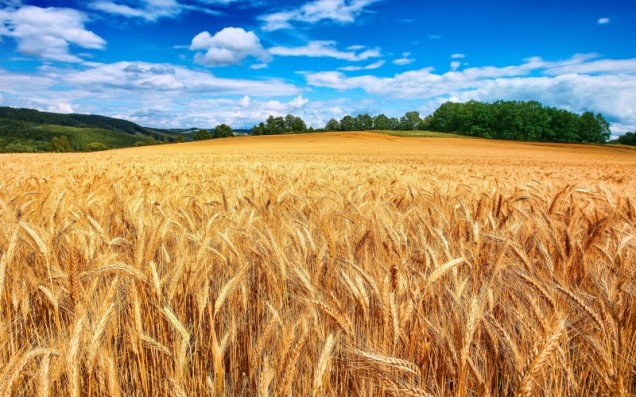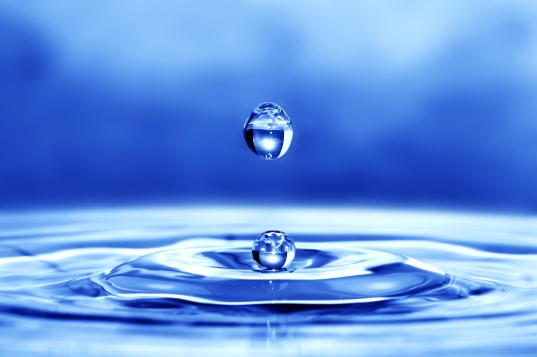Everyone loves the wide green expanse of suburban lawns and the carefully manicured fairways and greens of golf courses. Or do they? While those of us who grew up in suburbia have become accustomed to these staples of the environment, the environment is not always so happy with the runoff that these vistas produce—especially when it comes to water quality and pending algae blooms.
For example, Lake Erie, which has always seemed to be ground zero when it comes to monitoring water quality, was well known for severe algae blooms and dead zones in the 1960s. The smallest Great Lake saw significant improvement in water quality after the 1972 federal Clean Water Act and the 1978 bi-national Great Lakes Water Quality Agreement which led to impressive reductions in phosphorus. However, now problems are on the rise once again. In 2011, the most severe algae bloom on record was recorded and in the fall of 2013 another toxic algae bloom caused the shut-off of a public water supply in Ohio. And more problems are predicted for this coming summer.
While the agricultural use of phosphate‐containing fertilizers which has increased as the acreage of farmlands has expanded over time has come under increasing fire for the situation, golf courses and residential runoff also contribute to the problem. Related to agriculture, the companies that are responsible for those fertilizers are beginning to promote sustainability initiatives. And farmers, who are making a difference to improve America’s water resources as they provide America’s food supply, have adopted nutrient use management practices which minimize nutrient runoff from their operations.
The next step is finding solutions for golf course and residential runoff. If they are designed with the environment and water quality in mind, a golf course or a backyard has the potential to be an active biological filter that generates clean water.
The first place to start with a golf course is where it is to be located. It’s easier to site the course in a place where environmental concerns can be minimized. Instead of looking at the vacant site only with the idea of how it would best suit the golfer, look at the site with an eye to protecting the environment.
Rain gardens for residential property offer an attractive way to soak up rain water. Creating an appealing area for birds and butterflies, they can improve local water quality by giving rainwater time to slowly percolate into the ground where impurities can settle out. They also can reduce local flooding. Most people don’t realize that because of the solid surfaces in a residential area such as streets, roofs, driveways, and sidewalks, the typical city block generates five times more runoff than undeveloped land. And this water that has picked up heat from pavement and other contaminants along the way ends up degrading our water supply.
The Barton Marketing Group which specializes in life sciences and agriculture can help get your message about ensuring the quality of our water supply to the audiences who need to hear it.




